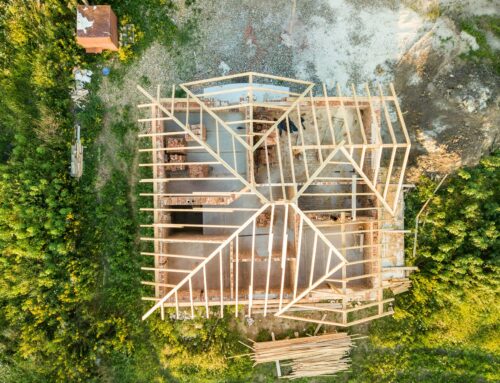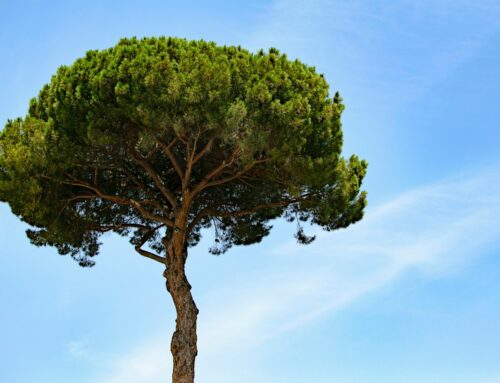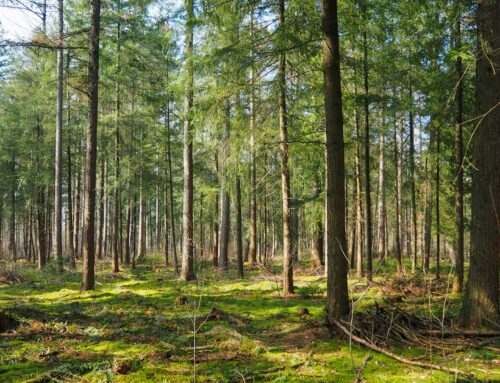As a homeowner, maintaining a safe and beautiful environment is of paramount importance. One of the most significant responsibilities in protecting your property is being able to identify and address the danger posed by fallen, dead, or dying trees. Unhandled hazardous trees can lead to severe property damage, personal injury, or the spread of disease and pests. At JNP Tree Removal, LLC, we are dedicated to providing expert guidance and assistance to homeowners in Bridgeport, Connecticut, and the surrounding Fairfield and New Haven County areas, helping you tackle the challenges of tree management with confidence. In this article, we’ll outline essential tips for identifying potentially hazardous trees and discuss the important steps to take in removing and managing these risks professionally and effectively.
Trees can bring a wealth of benefits to your property, offering shade, tranquility, and ecological support. However, when they become hazards, it’s essential to act promptly to prevent accidents and damage. Developing an understanding of the red flags or tell-tale signs of a dangerous tree is crucial in making informed decisions about removing or preserving the tree. With over eight years of professional experience, JNP Tree Removal, LLC is your dependable partner for tree removal, stump grinding, and seasonal cleanups, protecting your property while promoting healthy growth and sustainability.
Dead, dying, or hazardous trees can manifest a variety of symptoms, ranging from physical damage to fungal growth. It is critical for homeowners to regularly examine their trees and landscaping for signs of impending danger. By staying in tune with your outdoor surroundings and acting promptly to address potential hazards, you can ensure the continued safety and well-being of your property and loved ones.
But what specifically should you be looking for when inspecting your trees, and what steps should you take if you identify a potential hazard? This article aims to empower homeowners with valuable insights and tips for identifying dangerous trees, along with a comprehensive overview of the benefits of professional tree removal, stump grinding, and seasonal cleanup services. Equipped with this knowledge, you can actively work towards creating a safer, more beautiful, and sustainable property for you and your family to enjoy.
Understanding Tree Risk Assessments
Tree risk assessments are a crucial aspect of maintaining a safe and thriving landscape. This process involves a professional inspection of your trees to identify potential hazards, such as weak limbs, decay, disease, or structural defects that could lead to failure and property damage. A professional, like the experts at JNP Tree Removal, LLC, can perform a comprehensive tree risk assessment to evaluate tree health, identify potential issues, and provide recommendations for corrective action to ensure the safety and well-being of your property.
The Components of a Comprehensive Tree Risk Assessment
Several factors are considered during a tree risk assessment, including the following:
- Tree Species: Some tree species are more prone to specific issues, such as diseases, structural defects, or invasive pests. Knowing the species of your trees helps professionals recognize potential vulnerabilities and tailor their assessments accordingly.
- Age and Health: Older, weaker, or diseased trees are more susceptible to failure, making them a higher risk for your property. A thorough inspection will assess tree health, age-related concerns, and overall stability.
- Structural Integrity: A professional will inspect the tree’s branches, trunk, and root system to evaluate the structural integrity of the tree.
- Environmental Factors: Factors such as soil type, drainage, and climate can impact the overall health and stability of your trees.
Detecting Signs of Trouble: What to Look For
Although professionals are trained to assess tree health and potential hazards accurately, homeowners can also play a part in early detection by watching for signs of trouble. These warning signs may include the following:
- Cracks or Splits in the Trunk or Major Limbs: These may indicate structural weakness and could potentially lead to branch or tree failure.
- Decay or Cavities: These are signs of stress and internal decay that may weaken the tree.
- Root Damage: Uprooting or damaged roots can significantly impact a tree’s stability.
- Deadwood and Broken Branches: Dead tree limbs, either still attached or fallen, can be a hazard to your property and your safety.
Proactive Tree Care: Addressing Risk Factors and Promoting Safety
1. Routine Inspections and Maintenance
The best way to address potential tree hazards is through regular inspections and maintenance. Routinely evaluating the health and condition of your trees enables you to identify signs of weakness, disease, or infestation early, allowing for proactive measures to be taken. Regular pruning and trimming, mulching, and fertilizing promote tree health and stability, reducing the likelihood of tree failure.
2. Tree Cabling and Bracing
In some cases, trees with structural weaknesses may benefit from cabling or bracing, which can help stabilize and reinforce the tree. This method involves attaching steel cables or braces between the tree’s limbs or branches, providing additional support and reducing movement during high winds or storms. Tree cabling and bracing should be installed and maintained by a professional tree care service to ensure safety and effectiveness.
3. Professional Tree Removal
When a tree poses a significant risk to your property and cannot be adequately mitigated through routine maintenance, cabling, or bracing, removal may be the safest and most responsible course of action. JNP Tree Removal, LLC offers professional tree removal services, ensuring that the task is carried out safely, efficiently, and with minimal impact on your property.
Partnering with Tree Care Professionals for Comprehensive Risk Management
1. Expert Assessments and Recommendations
Working with professionals like the team at JNP Tree Removal, LLC ensures that your trees receive a thorough risk assessment and personalized recommendations for addressing any concerns. By relying on their expertise and skills, you can develop a proactive tree care plan tailored to your specific landscape and trees’ needs.
2. Skilled Tree Maintenance, Cabling, and Bracing
Professional tree care services are not only knowledgeable about tree risk assessments but also experienced in implementing the necessary measures to address any identified risks. From routine maintenance to advanced cabling and bracing techniques, they have the expertise and equipment to help ensure the safety and well-being of your property.
Conclusion
Effective tree risk assessment and management is a vital component of maintaining a safe, healthy, and beautiful landscape. By proactively monitoring and addressing potential hazards, you can protect your property, loved ones, and the overall health of your trees. Partnering with experienced tree care professionals like JNP Tree Removal, LLC offers peace of mind and access to expert assessment, maintenance, and removal services, ensuring that your trees remain a valuable and safe asset to your property for years to come.
For top-quality tree removal in Bridgeport, Connecticut, look no further than JNP Tree Removal, LLC! With over 8 years of professional experience, our team of experts is dedicated to removing hazardous, dead, and fallen trees to ensure the safety and beauty of your property. We serve the entire Fairfield and New Haven County in Connecticut, providing reliable and efficient services to our clients. Contact us now, and let us help you with all your tree removal needs.




